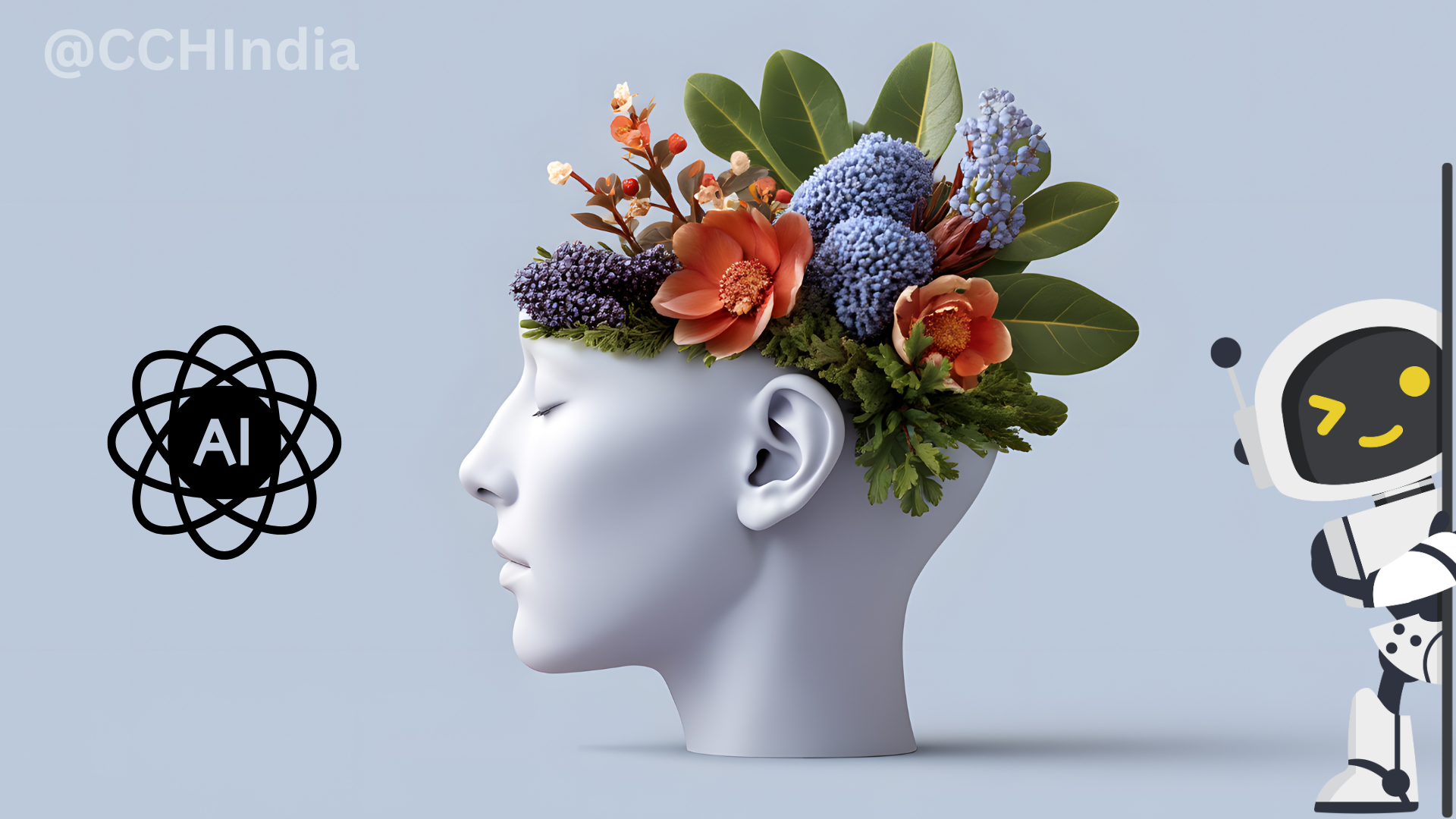💬 1. The Rise of AI Therapy and Digital Companionship
In 2025, mental health support went digital like never before. AI-powered therapy apps and chatbots became trusted companions for millions seeking emotional support. Platforms trained with empathetic language models offered 24/7 listening, guided breathing exercises, and mindfulness routines.
While these tools made mental health care more accessible and stigma-free, experts cautioned that AI should complement, not replace, human empathy. True healing still requires human warmth — something even the smartest algorithms can’t fully replicate.
🌐 2. Overload and the Need for Digital Boundaries
Ironically, the same technology that helps us manage stress can also create it. In 2025, more people reported AI-related burnout, especially professionals overwhelmed by constant notifications, digital tracking, and performance analytics.
This led to a growing movement toward digital boundaries — unplugging after work hours, setting “AI-free zones,” and practicing digital detox weekends. The message was clear: while AI enhances efficiency, humans need intentional pauses to recharge emotionally.
🧩 3. Redefining Human Purpose in the Age of Automation
As automation replaced repetitive tasks across industries, many individuals faced an unexpected identity crisis — questioning their sense of purpose in an AI-driven economy.
Therapists and psychologists in 2025 emphasized “meaning therapy”, encouraging people to reconnect with values, relationships, and creativity beyond productivity. This marked a major shift in mental health philosophy: happiness wasn’t about outperforming machines but embracing uniquely human traits — empathy, curiosity, and imagination.
🌱 4. Mindfulness Meets Machine Learning
One of the most positive trends in 2025 was the fusion of AI and mindfulness. Smart devices began using biometric data to detect stress and recommend real-time relaxation exercises. For example, AI watches could sense heart rate changes during anxiety and suggest calming music or breathing patterns.
This synergy of tech and tranquility allowed people to take control of their emotional health proactively — transforming mental wellness from a reactive practice into a daily habit.
💻 5. Workplace Wellness in the AI Age
Work culture underwent a massive transformation in 2025. With hybrid jobs and AI productivity tools dominating, employers started recognizing the importance of mental well-being as a key to sustained performance.
Companies invested in AI-driven wellness analytics, detecting early signs of burnout and encouraging healthy workloads. Flexible schedules, four-day work weeks, and “mental reset breaks” became standard in progressive organizations — proving that productivity and peace of mind can coexist.
🤝 6. Human Connection in a Digital World
Despite the rise of virtual assistants and AI companions, 2025 taught us a vital truth: human connection remains irreplaceable. The loneliness epidemic, intensified by screen-heavy lifestyles, pushed people to prioritize in-person bonding, community volunteering, and shared mindfulness circles.
Many realized that mental health isn’t just an individual pursuit but a collective journey — one that thrives on empathy, conversation, and genuine relationships.
🌅 7. The Future: Blending Intelligence with Intuition
The biggest takeaway from 2025? Mental health in the AI era isn’t about resisting technology — it’s about coexisting with consciousness. AI can guide, suggest, and support, but emotional well-being grows from within.
As we move into the future, balance will be the key — using AI to enhance self-awareness without losing the human essence that makes life meaningful.
Conclusion
2025 reminded us that mental health in the AI age is not a technological challenge but a human one. Artificial intelligence can analyze our patterns, but only we can interpret our emotions. The lesson is simple: let AI handle data, but let your heart lead your direction.
The future of mental well-being lies not in smarter machines but in more mindful humans.






